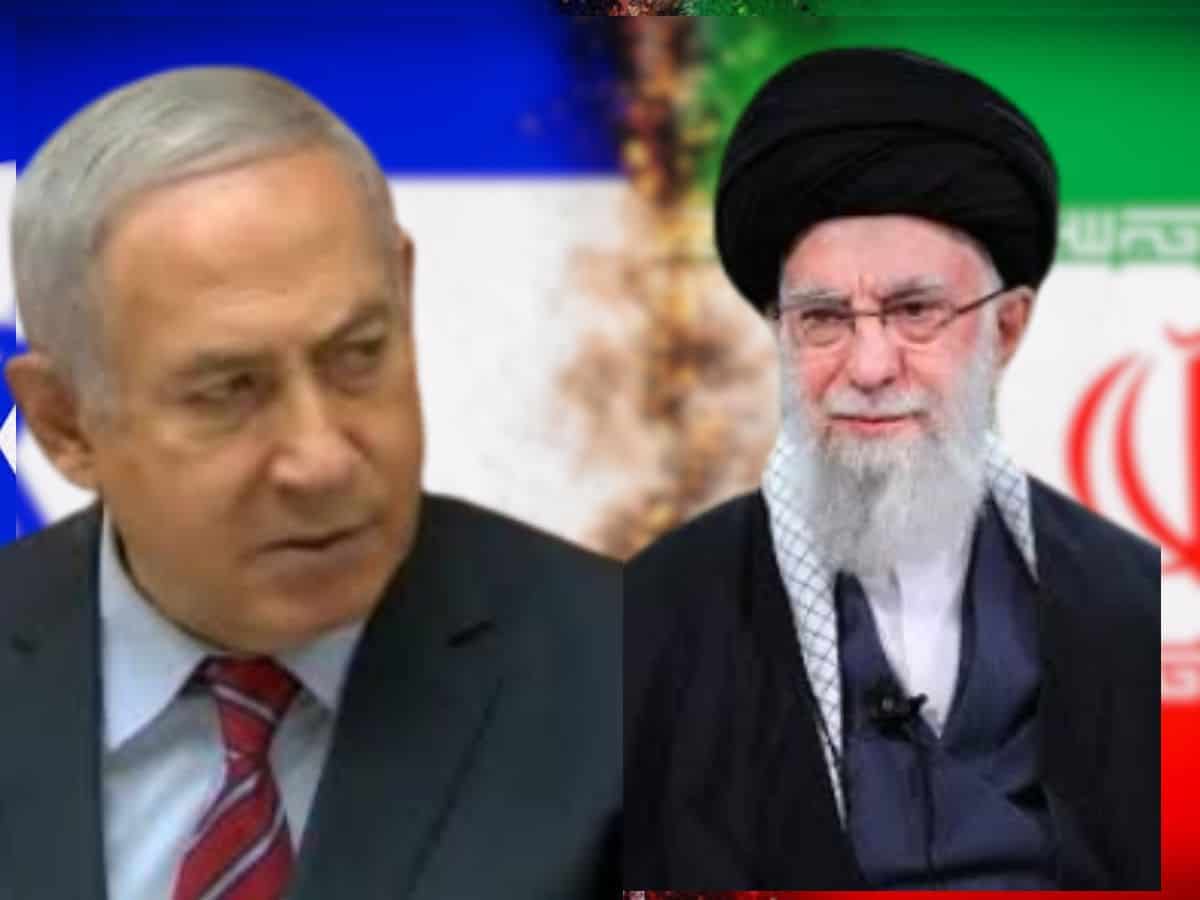
Melbourne: When Iran fired more than 180 ballistic missiles at Israel this week in retaliation for the Israeli assassinations of the Hamas and Hezbollah leaders, some were surprised by Tehran’s forceful response.
Israeli Prime Minister Benjamin Netanyahu immediately announced his country would harshly retaliate at a time of its own choosing. He said as his security cabinet gathered for a late-night meeting, “whoever attacks us, we attack them”.
The Biden administration strongly condemned Iran’s aggression and reiterated its commitment to defending Israel. The White House said Iran would suffer “severe consequences”, though President Joe Biden urged against attacks on Iran’s nuclear facilities.
So, what could Israel’s retaliation look like, and is a full-scale war between Iran and Israel, and perhaps even the United States, now likely?
A regional war is already here
A regional war is no longer imminent – it is here. The conflict that began in Gaza nearly a year ago has expanded across the Middle East, with Israel fighting countries and groups far from its borders. It also has global implications.
As this week’s Iranian strike demonstrates, the conflict has become a direct confrontation between Israel and its Western allies on one side, and Iran and its proxies, backed by Russia and China, on the other.
Washington has played a key role in supplying Israel with military aid and diplomatic cover, while Moscow has pledged to send Iran fighter jets and air defence technology. It is also purchasing Iranian weapons for its own war in Ukraine, providing Tehran with much-needed cash.
Moreover, Israel is currently engaged on multiple fronts.
First, its war continues in Gaza, where more than 40,000 Palestinians have been killed. Hamas has been reduced to a low-functioning guerrilla organisation but still retains some control over the displaced Palestinian population.
In the West Bank, the Israel Defense Forces (IDF) are conducting military operations to counter a rise in terrorist attacks, fuelled by Iranian weapons and funds directed to local militants.
Meanwhile, Iran’s other proxy groups, the Shi’a militias in Iraq and Syria and Houthi rebels in Yemen, are still launching missile and drone attacks against Israel. Both Israel and the US have struck back at the Houthis in Yemen.
The most significant battle, however, is in Lebanon. On October 8 2023, a day after Hamas’ rampage through southern Israel that resulted in 1,200 deaths and more than 200 Israelis abducted into Gaza, Hezbollah began firing rockets and other weapons at Israel, without provocation, in solidarity with Hamas. This has forced more than 60,000 Israelis near the border to flee their homes.
Two weeks ago, Israel made a decisive move. Netanyahu reportedly ordered the detonation of thousands of booby-trapped pagers and walkie-talkies used by Hezbollah, fearing the operation was at risk of being exposed.
The IDF followed with a massive air campaign aimed at diminishing Hezbollah’s estimated arsenal of 150,000 missiles, rockets and drones.
It then launched a ground incursion into Lebanon, targeting positions fortified by Hezbollah’s elite Radwan force. The goal is to prevent Hezbollah from invading northern Israel and replicating the October 7 Hamas atrocities there.
Up to one million Lebanese people have been forced to flee their homes as a result of the Israeli operations.
Israel’s options for striking back
And now, Iran has become directly involved in the fighting with its launching of ballistic missiles at Israel this week, allegedly targeting military bases. Israel’s advanced anti-missile defence systems, assisted by the US, Jordan and other nations, intercepted most of the projectiles. A few landed inside Israel, with shrapnel killing one Palestinian in the West Bank.
It was the second direct attack by Iran against Israel in recent months. The first resulted in a limited Israeli retaliation on an Iranian air defence system allegedly protecting a nuclear facility in Isfahan.
The full scope and impact of Israel’s retaliation this time remains unknown at the time of writing.
One scenario that deeply worries Tehran is that Israel, in coordination with the US, might target its critical infrastructure. This could include its communications and transportation networks, financial institutions and oil industry (especially the facilities that are part of the funding mechanism of the powerful Islamic Revolutionary Guards Corp). This could create chaos within Iran, threatening the regime’s survival.
While forcing regime change in Tehran would be extremely difficult, the Iranian leadership isn’t taking any chances. It has reportedly rushed Supreme Leader Ayatollah Ali Khamenei to a secure location to prevent any assassination attempt.
Iran’s rapidly advancing nuclear programme remains the jewel in the crown for the Iranian regime, which the US and its allies believe serves as cover for its pursuit of atomic bombs.
Iranian leaders may now fear Israel and the US could seize the opportunity to severely damage its nuclear infrastructure, as has long been urged by some conservative voices in both countries. Biden, however, is urging a “proportional” response instead.
Destroying Iran’s air defence systems is also considered an option to signal to the regime that it would become “blind” in any future attack on Israel. Other possibilities are also on the table.
A narrow window for Israel
In an attempt to de-escalate tensions, Iranian officials hastily declared their desire to end hostilities following the missile attack.
However, the conflict has come full circle. Hamas believed Israel would collapse after its October 7, 2023 attack. However, instead, Israel responded with a devastating war on Gaza, dismantling much of Hamas’ capabilities but also causing widespread casualties and destruction.
Similarly, the decisions by Hezbollah and Iran to strike Israel have proved to be grave miscalculations, underestimating Israel’s determination to retaliate with overwhelming impact.
The ball is now in Israel’s court. While any retaliation must take account of the fact the IDF are already stretched thin across multiple fronts, Iran’s “axis of resistance” has also never appeared more vulnerable.
Israel has a narrow window to inflict a major blow against it – and Netanyahu is unlikely to let this moment pass. (The Conversation) SCY
